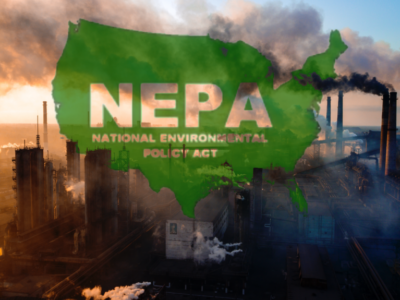The NEPA Amendments in Nine Blog Posts
Surveying the legal problems of the biggest NEPA changes in the past fifty years.
On June 5, President Biden signed the debt ceiling bill, which provides the first significant rewrite of NEPA since it was passed over fifty years ago. In a series of blog posts, I’ve explored some of the legal issues raised by the amendments. My goal has been highlighting problem areas rather than providing anything like a definitive analysis.
Given how new the amendments are and the lack of much guidance at this point, I thought it would be useful to provide an index to these nine posts.
General Issues
Two of these posts contain general appraisals or descriptions of the amendments. The third one highlights the opportunity for CEQ to shape judicial interpretation of the Amendments, particularly if it can act quickly.
- Initial reaction to the Amendments, stressing their largely incremental nature.
- Overview of the NEPA Amendments, providing a roadmap to the new provisions.
- The key role of the CEQ in shaping interpretation of the new amendments.
Definitional Issues
The new amendments devote some attention to definitions, especially those relating to NEPA’s coverage. Some of those new definitions, however, may promote confusion rather than clarity.
- The botched drafting of the crucial definition of major federal actions in section 111.
- Three drafting puzzles: the two overlapping provisions about non-discretionary projects, the seemingly superfluous exclusion of some “non-Federal” actions from the category of “Federal actions”, and the exclusion of notices of intent from the category of environmental documents.
- Exceptions to categorical exclusions.
Streamlining Reviews
The main purpose of the amendments is to provide for more efficient permitting of projects. These three posts explore those provisions.
- Efforts to streamline the preparation of environmental documents under section 107, such as new provisions on lead agencies.
- Delegation to project applicants under section 107.
- The impact of the NEPA amendments on permitting for transmission projects, including the interplay between the amendments and section 216 of the Federal Power Act.
Agencies, lawyers and judges are going to be digesting these new provisions for at least the next few years. Some may have to do so quickly, since the provisions take effect immediately and seem to apply to pending environmental reviews and court cases. Hopefully, these blog posts will at least flag some of the important problems to keep an eye on.






Reader Comments